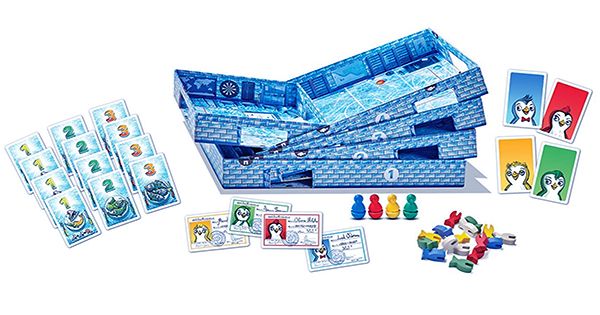I have spent the last 15 years as a revenue leader at both large and small technology firms, and I have attended many quarterly board meetings. These meetings take a long time to prepare for and may be very stressful. Preparation and practice can be exhausting and, more importantly, might take your attention away from your regular routine. Because the board meeting is such a high-stakes affair, all of this is required. No one ever receives a promotion at a board meeting, but individuals fired afterward, as a wise mentor once informed me.
How can you make your piece of these meetings as entertaining and powerful as possible if you are in charge of driving sales development at your company? On that front, I have some tried-and-true advice, as well as five must-have board slides — designed for B2B, software-as-a-service executives — that can help you make a fantastic presentation while keeping your sanity. I have attended corporate board meetings where the deck was 30 slides long and others where the deck was more than 150 slides long. You will have to decide what degree of information is appropriate for your company, but my general guideline is to delete slides until the narrative of the deck suffers.
Consistency should also be a goal. Each quarterly meeting should provide the same set of measurements and details so that directors and executives may compare crucial facts apples to apples. One caveat: the world is changing, and the concept of “cohort data” is growing in popularity. You may need to change key indicators over time as your business evolves and new models such as consumption- or payment-based pricing become more widespread, especially if you are a B2B SaaS company.
I will provide a handful of suggestions in terms of delivery. The first well known: instead of presenting slides, tell a narrative. Members of the board are adept at sifting through data and formulating queries ahead of time. Do not feel compelled to convey every detail of your data; instead, get to the point.
Another piece of advice is to keep an eye on the future. First-timers at board meetings are prone to looking backwards, which is definitely not, where you should be spending the most of your time. Examine how much of your presentation focuses on the future vs the past.
The majority of your deck should depict what you want to do rather than what has already occurred. After receiving a board flash from the CEO shortly after the quarter ended, the board perused the deck. You have come to explain the changes you are doing to help the company go forward. Finally, add an appendix to your document. This keeps your information – new initiatives, changes to go-to-market strategies, and product subjects — front-and-center and avoids buried behind a mountain of data. However, including an appendix allows the board to see thorough quarterly developments.
During a board presentation, I usually build my “speaking time” around five revenue-focused slides. For the past decade, I have had several variations of these slides in my board decks. Because these are data-heavy presentations, ready to talk about the story they are presenting rather than the numbers. Your board members, for example, will notice if your sales velocity is increasing while your average selling price is decreasing. You must explain why this is occurring since they can see it in your stats.
















